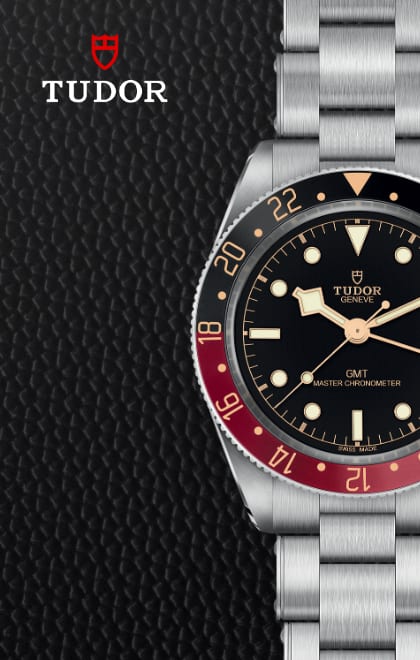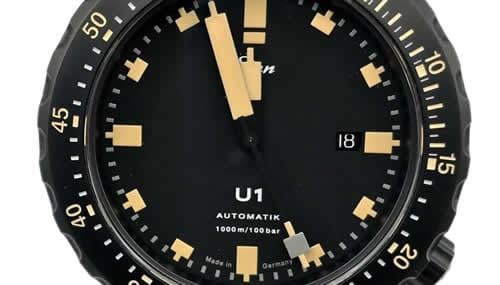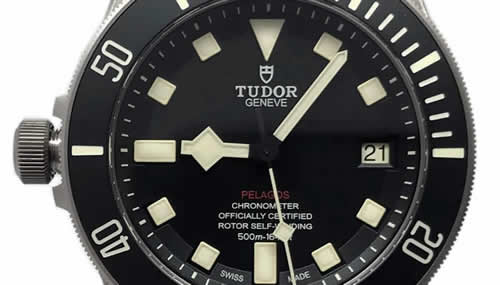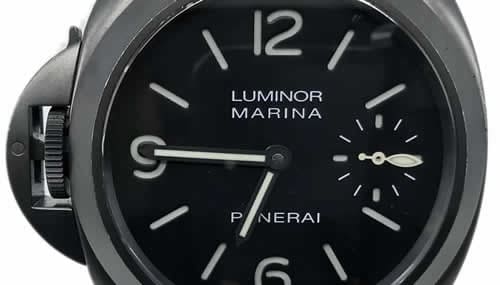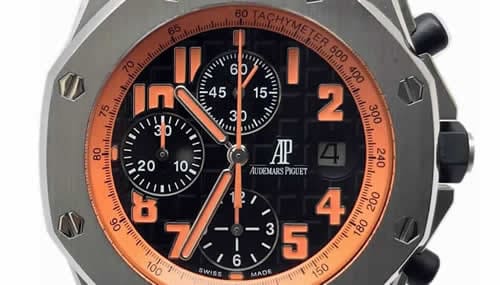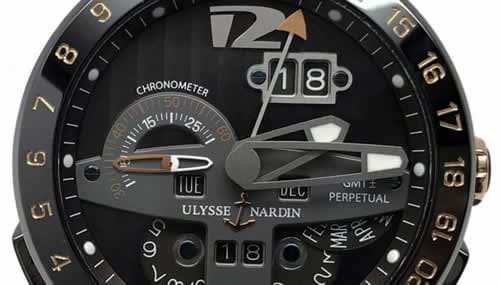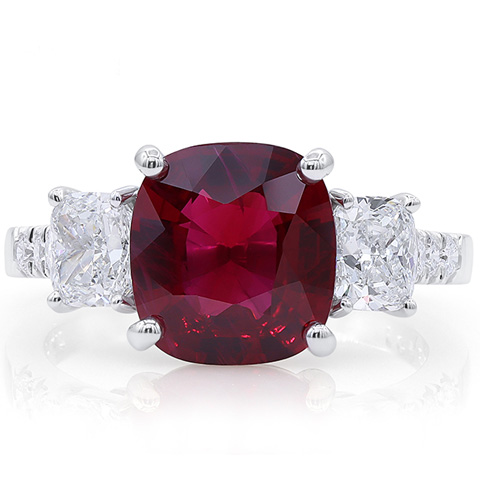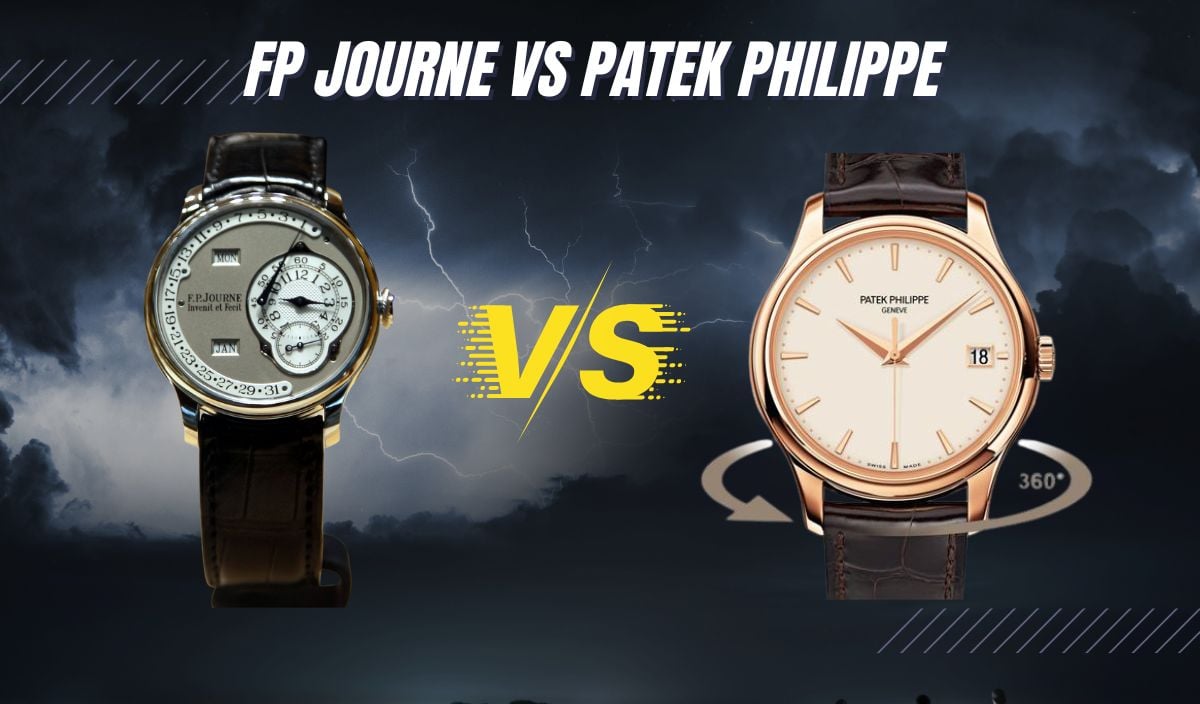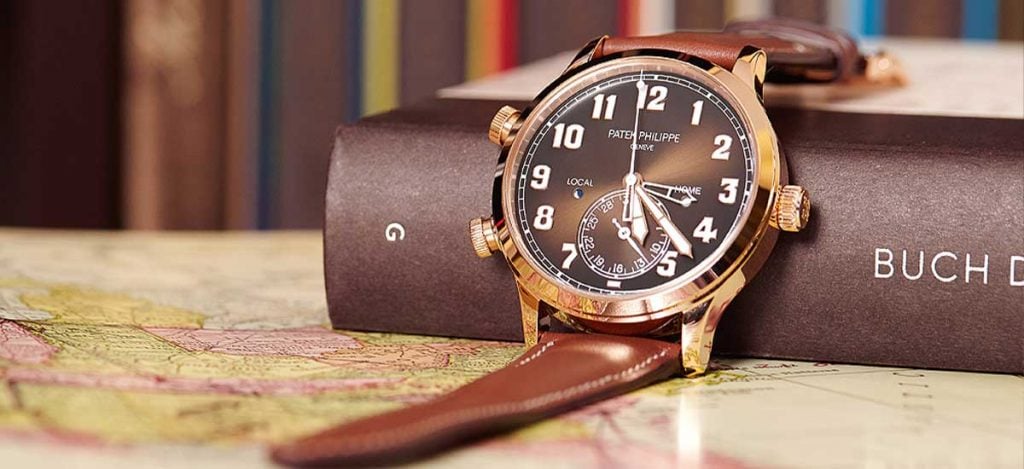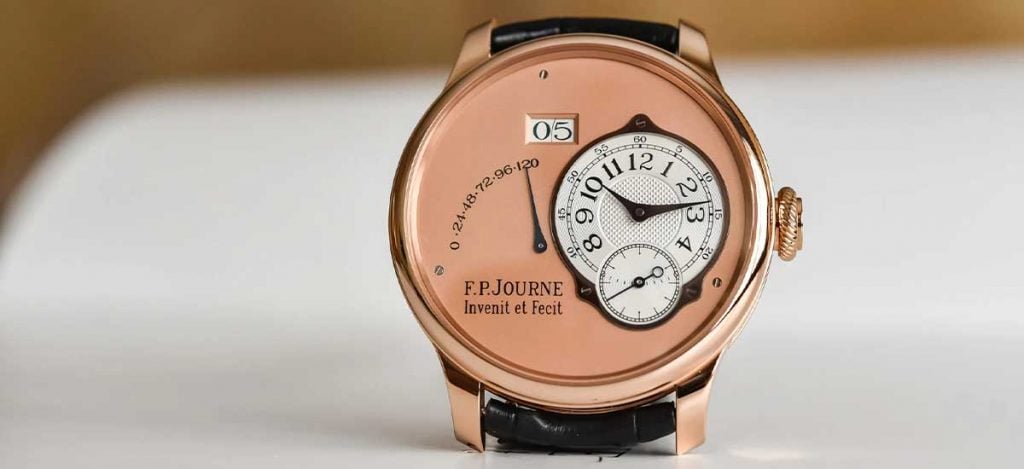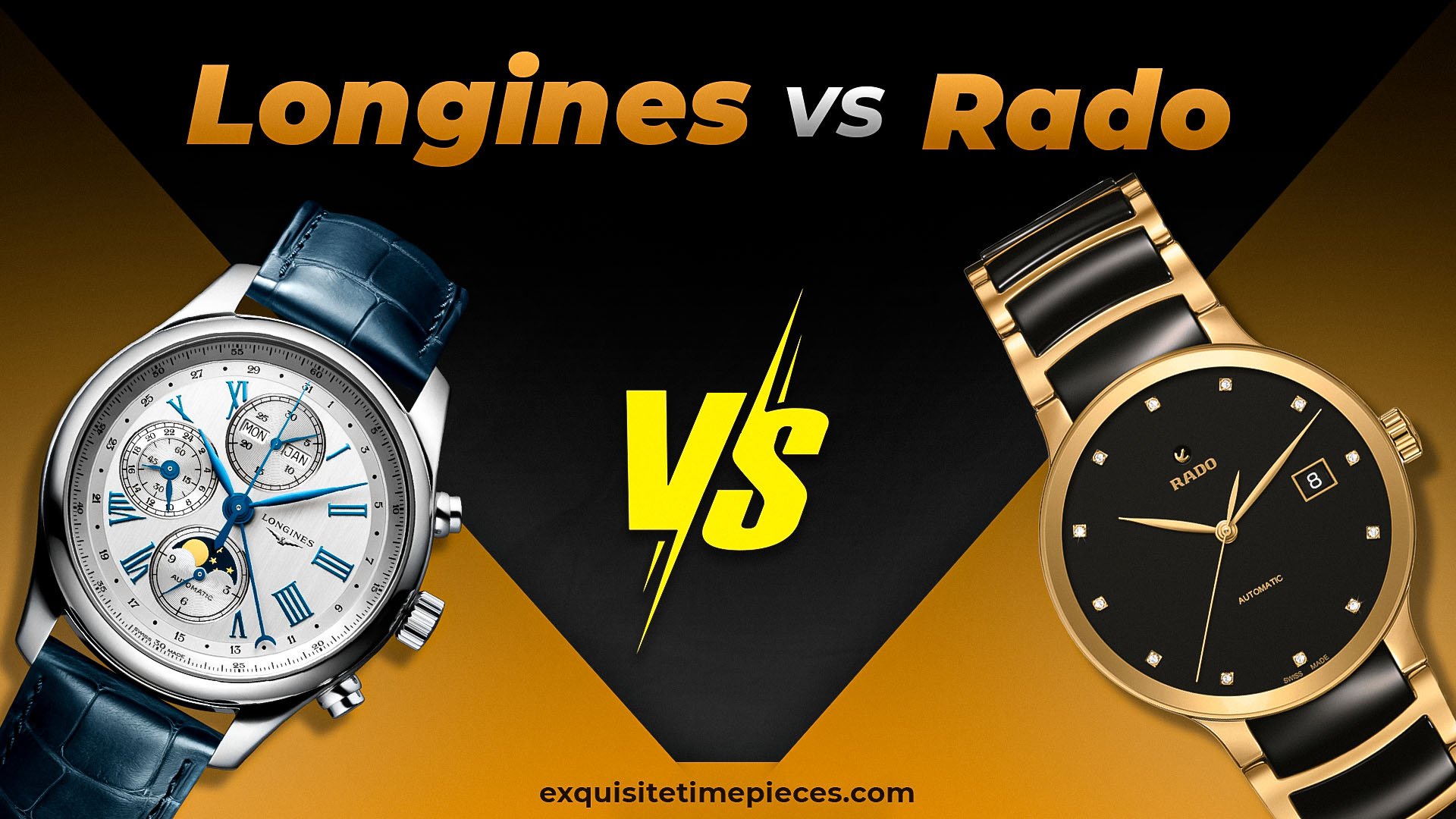
A Battle of mid-tier SWATCH group brands
If you are anything like me, the mention of the SWATCH group conjures up 2 extremes to Swiss watchmaking. There is the premium luxury led by flagship brand Omega, a legitimate rival to industry powerhouse Rolex in providing robust luxury watches with real history and brand cache.
And then there is the actual Swatch Watch, a seemingly disposable, and incredibly collectible, entry point into Swiss watchmaking. What about the area in between these extremes? That’s where the 2 brands we are comparing today both reside. Longines Vs. Rado: Both of these brands provide exceptional value for watch enthusiasts, with unique histories, innovations, and styles, but which one is right for you?
History of Longines
There are few brands (not just watch brands) that date back as far as Longines. Originating back in 1832, the company was founded by Auguste Agassiz in the small Swiss village of St-Imier. From there the brand exploded in popularity and was a pioneer in Swiss Watchmaking. From the first wristwatch with a chronograph in 1913 to the first watch with a rotating bezel in 1931, Longines developed many of the technologies that have become commonplace by today’s standards.
Although their current placement in the brand hierarchy has them pegged a notch below fellow SWATCH group brand Omega and their chief competitor in Rolex, there was a time when Longines was viewed as an equally luxurious brand. After being acquired by the future SWATCH group in 1971, many feel that Longines lost a lot of its allure.
The innovation that carried them to greatness in the early 1900s was replaced by a “play it safe” mentality, relying solely on their name to separate them in an inflated marketplace. If this was the way the story ended for Longines, it would be a tragic tale of another once-great manufacturer losing its way in the face of adversity. Fortunately for all of us, this story has a very different ending.
Longines Today
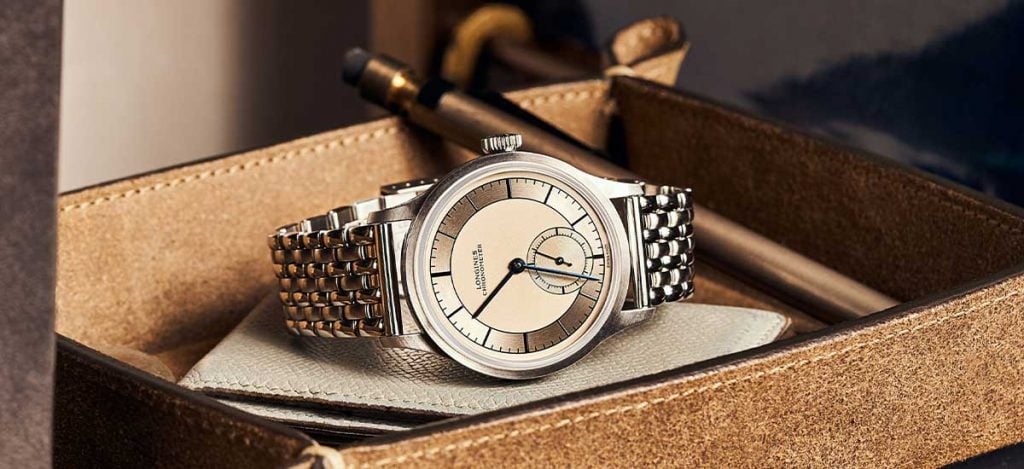
Today, Longines is a brand that caters to both watch enthusiasts and average consumers alike. There are two sides to Longines as a current manufacturer. They specialize in creating value-packed, albeit safe, entry-level luxury watches, such as the Hydroconquest. Then there is the other side to Longines. One that digs back into its historical catalog and creates beautiful vintage reinterpretations.
In my opinion, there are few, if any, companies that can do this as well as Longines. From one of the first examples of the modern vintage diver craze, the Longines Legend Diver, to the newly released Record Heritage Diver, these beautiful reinterpretations have all the appeal of their vintage counterparts without the inherent risk of a vintage timepiece.
Are Longines Watches a good investment?
Like any Swiss watch brand, the value retention of a watch is tied closely to the product’s overall allure. On average a Longines watch is going to drop in value by 30-50% from its original retail value. Before you swear off the brand and march to your closest Rolex AD to get on a nonexistent waitlist for a watch that you’ll probably never get, let’s look at the whole picture.
Longines, like any other SWATCH group brand, presents an opportunity for significant value. Depending on the popularity of the model you are after, you might be able to negotiate a discount off of the MSRP. Although it is far from a guarantee, it is at least a possibility, unlike that other AD with a nonexistent waitlist. Another factor in play with this equation is the tremendous value Longines watches present preowned.
After allowing someone else to take the initial depreciation, a Longines watch will continue to strongly retain its value. In fact, I would argue that many of the pieces we are going to discuss later will not only maintain value but also have the opportunity to gain value while inching closer to closing that initial depreciation gap.
History of Rado
There is no doubt that Longines packs a very serious punch for both your everyday consumer and watch enthusiast, but how does the other dog in this fight fare? The Rado watch company is a relatively newbie at just over 100 years old, with an origin story beginning in 1917. 100 years is impressive by any standard, but keep in mind Longines was already 85 years young when Rado was first conceived.
The Rado watch company didn’t really begin developing its own timepieces until 1957. Their first couple of decades designing their own timepieces resulted in some classically designed timepieces with some minor design aesthetics to help differentiate from the crowd. The Golden Horse and Captain Cook models from this time are very great examples of classic watchmaking of their respective eras.
Classic design and watchmaking are not the first two words I would associate with Rado from the 1970s on. The 1970s were an experimental time for a lot of Swiss watch designers. Where most companies like Tudor and Heuer got creative with their color pallet, Rado went in another direction altogether.
They earned themselves the reputation of the Master of Materials with their use of ceramic, sapphire, and even a 10,000 Vickers V10K high-tech diamond. Their willingness to take a risk was not limited to just the materials that they used in their construction as their case designs are distinctly Rado and very unconventional.
Rado Today
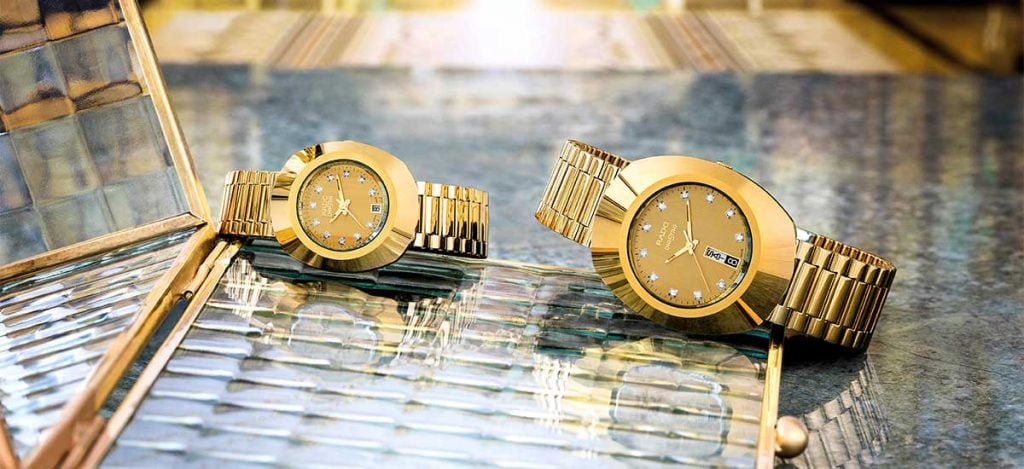
Today, Rado still inspires by their use of unconventional materials and designs. Like Longines, and several other once-independent Swiss watch companies, Rado was acquired by the SWATCH group in 1998. Despite still having this modern and futuristic ethos to the design language they recently released some charming recreations of their earlier timepieces, such as Captain Cook.
Personally, I am a sucker for a well-done vintage recreation, but I can’t help but feel that this does not exactly line up with the identity Rado has forged over the last 40 years. At the end of the day, every watch company needs to sell watches and vintage recreations of 1960’s dive watches will always have a greater consumer demand than a modern designed ceramic piece.
Is Rado watches a good investment?
Do Rado watches hold their value? Much like Longines, certain models will retain their value to a fair extent. Their popular models will lose roughly 30-50% once you purchase them. Discounts are certainly a possibility for these models which would help close some of that depreciation gap. In terms of Value, preowned will be the best option available.
If you can find an excellent condition preowned model you can save roughly 50% of the retail price and your money will be relatively safe. One thing to keep in mind compared to Longines is that Rado is significantly less popular in terms of units sold and therefore you may need to be patient as availability is less abundant.
Some of the less desirable, more futuristic-looking Rado watches, will generally depreciate at a higher percentage. Despite this value depreciation, if I had to bet on which of these would have the potential to increase in value over time, I would go for the most Rado looking Rado I could find!
Head-to-head
When it comes to the most popular watches to compare between these brands, Rado is easy, it is Captain Cook. Longines are a little more difficult to pinpoint. They have 2 models that meet these criteria the Hydroconquest and the Legend Diver. Since I am weak and could not choose a definitive option, I will compare Captain Cook to each of these models and even pick which one would get my hard-earned money.
Longines Hydroconquest Vs Rado Captain Cook
The 43mm Longines Hydroconquest, ref. number L3.782.4.96.6, is a beautiful dive watch made of stainless steel with a sapphire crystal and ceramic bezel insert. The watch is powered by the L888, which is a modified ETA movement and features a 72- hour power reserve. On paper, this watch checks a lot of boxes for the everyday consumer and also sports a pretty attractive price of roughly $1700.
Despite having many of those sought-after features that we watch enthusiasts demand, I feel that this watch is missing something. It feels very “safe” and I can’t help but feel uninspired when I it in pictures. Once on the wrist, however, this watch has the ability to be under the radar and blend into almost any situation.
Even while lacking the spark of more unique timepieces in the price segment, you’d be hard-pressed to find a more versatile piece to start or round off your collection. The 42mm Rado Captain Cook, ref. number R32505203 appears very similar to the Longines Hydroconquest on paper. This watch features a stainless steel case, ceramic bezel insert, and sapphire crystal, and is powered by the ETA C07.611, which is another modified ETA movement featuring a lower beat rate and extended power reserve.
The price on this piece however is slightly higher coming in around the $2000 mark. For this extra monetary investment, you will have to appreciate the more unique aesthetic drawing inspiration from their 1960s-era design. This design will not be for everyone, but it is certainly more unique than that of the Longines. Although there are a few strap options available on this model, the unique beads of the rice bracelet help elevate this watch to another level.
Verdict
Although this battle may seem like a comparison of two perfectly matched competitors, there are some differences that help make this an easy decision for me. Despite the extra roughly $300, the Rado runs away with this match-up. They are both great options for someone not quite ready to step up to Omega territory but who want a quality dive watch.
The Rado, in my opinion, provides a cleaner and more unique execution of a dive watch. The concave bezel, beads of rice bracelet, and large arrow hand help this watch stand apart from their sister company Longines and justify the extra investment.
Longines Legend Diver Vs Rado Captain Cook
The Rado came away with a pretty decisive win in round one, but how does Captain Cook compare to the Longines Legend Diver? In 2007 Longines tried something that would soon grow into the hottest watch trend of recent years when they reintroduced the Longines Legend Diver.
This watch has gone through a few minor tweaks over the last 15 years, but the current 42mm Longines Legend Diver, ref. number L3.774.4.50.6, at roughly $2400 still retains a lot of the charm that has allowed this watch to stand the test of time…..twice. This watch also features a stainless steel case, sapphire crystal, and reliable L888 (ETA) movement, but takes a sharp turn with the inner rotating unidirectional bezel.
This style was popularized with compressor watch cases of the 1960s that earned their water resistance from the increased pressure of water at greater depths. Thankfully, this watch has only carried on the design of this style and not the functionality, as modern water resistance methods will afford this watch a much more reliable construction.
Verdict
How does the Longines Legend Diver compare to the Rado Captain Cook? Again on paper, we are presented with two pretty comparable timepieces, but this time there is a price difference of roughly $400 toward the Longines. For this extra investment, the differences will once again mostly be aesthetic. I love both of the designs of these watches personally, but there is a reason that Longines has had this recreation in production for 15 years.
I have to give a slight advantage to Longines, even after factoring in the price difference. The Legend Diver presents itself as a more unique option in a very overpopulated market segment of vintage recreation dive watches. Each brand was able to score a victory over the other in these head to heads and in many ways, this is representative of how these brands compare overall.
Pros and Cons
Let’s take a look at some of the pros and cons of each of these respectable brands. Longines is a brand that carries some serious name recognition and they have a history that rivals any prestigious watch brand in the industry. Their recent resurgence in the eyes of enthusiasts is proof that this brand is paying attention to its customers and willing to take a chance to improve its standing within the community.
On the flip side of this, before their recent push, Longines seemed to be a little lost. They struggled with their position within the SWATCH group and released some pretty questionable watches that appeared to try and capitalize on their name recognition with the average consumer. Thankfully, those days are mostly behind us, and Longines is primed to rise in the ranks of the SWATCH group hierarchy.
Rado is a company that most people outside of the watch community would fail to recognize. Depending on how you look at it, that could be seen as a pro or a con. Rado does have a pretty strong following among enthusiasts and is known for stepping outside of the box and taking a chance, with both its designs and materials.
Unfortunately, the watches that seem to gain traction for Rado are not the best representation of their brand ethos. Captain Cook, which is their most popular model, can be seen as just another vintage recreation dive watch in an already flooded market. The biggest con that I can think of for Rado is that despite their best efforts to stand out from the crowd, they still appear to be somewhat invisible unless you know exactly what you’re looking for.
That being said, I am a big fan of how they have incorporated some of their unique materials into the Captain Cook line. If there is a way for Rado to come out from the shadows of more recognized brands from the SWATCH group, like Omega and Longines, this is exactly how they will do it. With two brands as storied and unique as Longines and Rado, I am sure that there are many questions we have not been able to answer in this article.
Please take a look at our FAQ section for even more information. If I had to put my money down on one of these brands today, I would be walking away with a Longines. Not that I feel that they are better in any inherent way, just that their design aesthetic speaks to me a little more clearly.
Both of these brands offer a great entryway into the world of luxury watches, and I would be proud to wear either of these brands on my wrist. If this comparison proves anything, it is the value that exists within the SWATCH group. Omega receives a lot of attention from watch enthusiasts, and deservedly so, but mid-tier brands like Longines and Rado present tremendous value to watch enthusiasts and average consumers alike.


